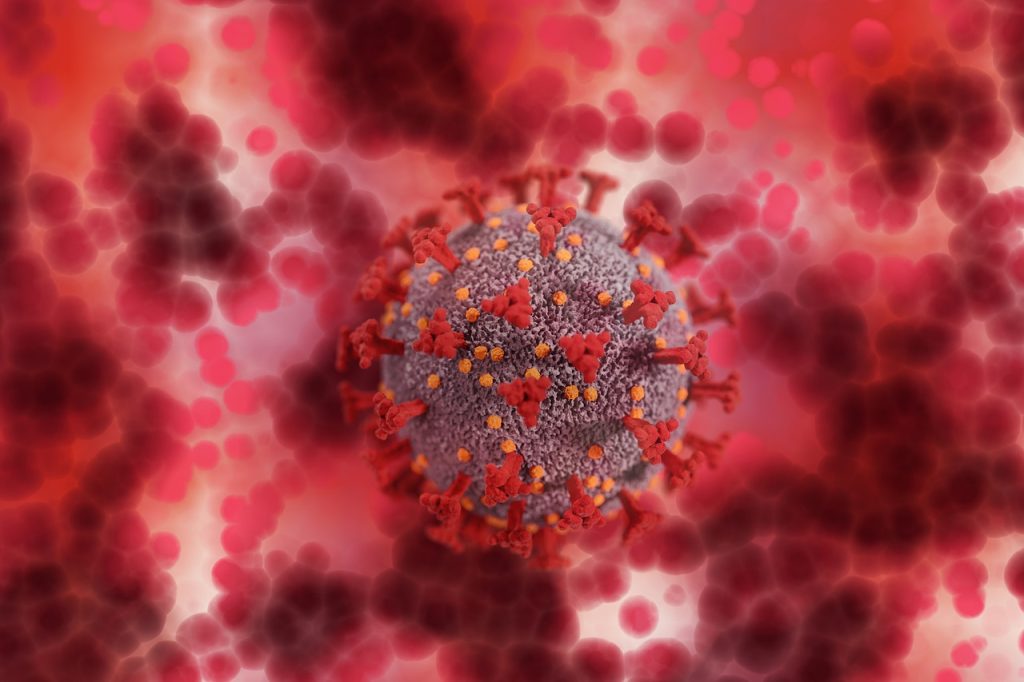
Scientists have reported identifying a ‘stealth’ version of Omicron that cannot be distinguished from other variants based on standard PCR tests.
The so-called stealth variant has a number of mutations in common with standard Omicron, but it lacks the key genetic change that makes it stand out in PCR tests. This means probable cases are not flagged by routine PCR tests, even though genomic testing can identify it as the Omicron variant.
This distinctive marker had been one of the fortunate features of the new variant, as Tulio de Oliveira, director of the Centre for Epidemic Response and Innovation in South Africa, had explained: “We can detect [Omicron] very quickly, and this will help us to track and understand the spread.”
It is still too early to know whether the new form of Omicron will spread in the same way as the standard Omicron variant, researchers say. However the ‘stealth’ version is genetically distinct and so may behave differently.
The stealth variant was first spotted among recently submitted COVID virus genomes from South Africa, Australia and Canada, but it may already have spread more widely. So far it has been detected in seven individuals.
As a result of this new variant, researchers have split the B.1.1.529 lineage into standard Omicron (BA.1) and the newer variant (BA.2).
“There are two lineages within Omicron, BA.1 and BA.2, that are quite differentiated genetically,” said Professor Francois Balloux, director of the University College London Genetics Institute. “The two lineages may behave differently.”
Whole genome analysis confirms which variant has caused a COVID infection, but PCR tests can sometimes give an indication. About half of the UK’s PCR machines search for three genes in the virus, but Omicron only tests positive for two. This is because Omicron has a deletion in the “S” or spike gene, similar to Alpha before it. This glitch means PCR tests displaying so-called “S gene target failure” strongly suggest Omicron infection.
Informally, some researchers are calling the new variant “stealth Omicron” because it lacks the deletion that allows PCR tests to spot it.
One major unknown is how the new variant emerged. While it falls under Omicron, it is so genetically distinct that it may qualify as a new “variant of concern” if it spreads rapidly. Having two variants arise in quick succession with shared mutations is “worrying” according to one researcher, and suggests public health surveillance “is missing a big piece of the puzzle”.
Source: The Guardian

